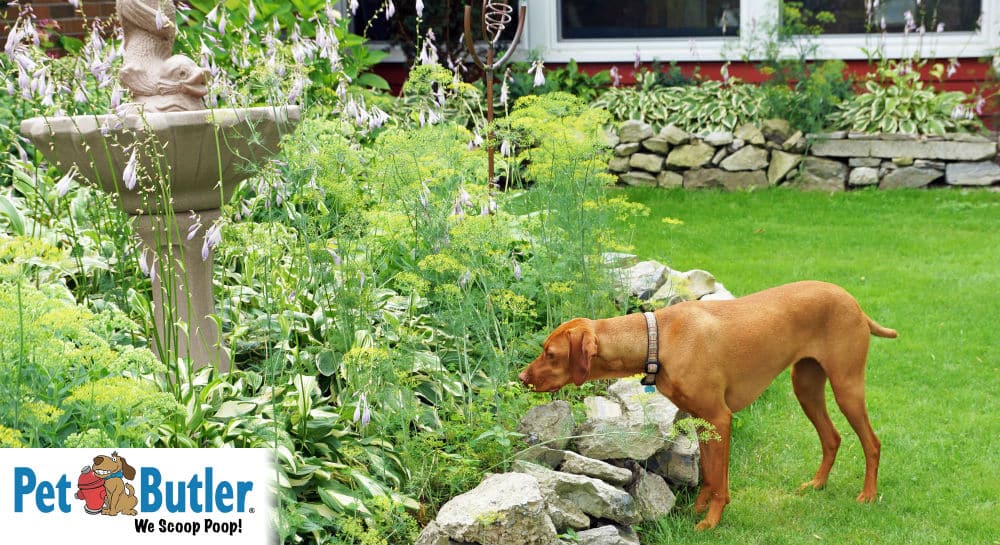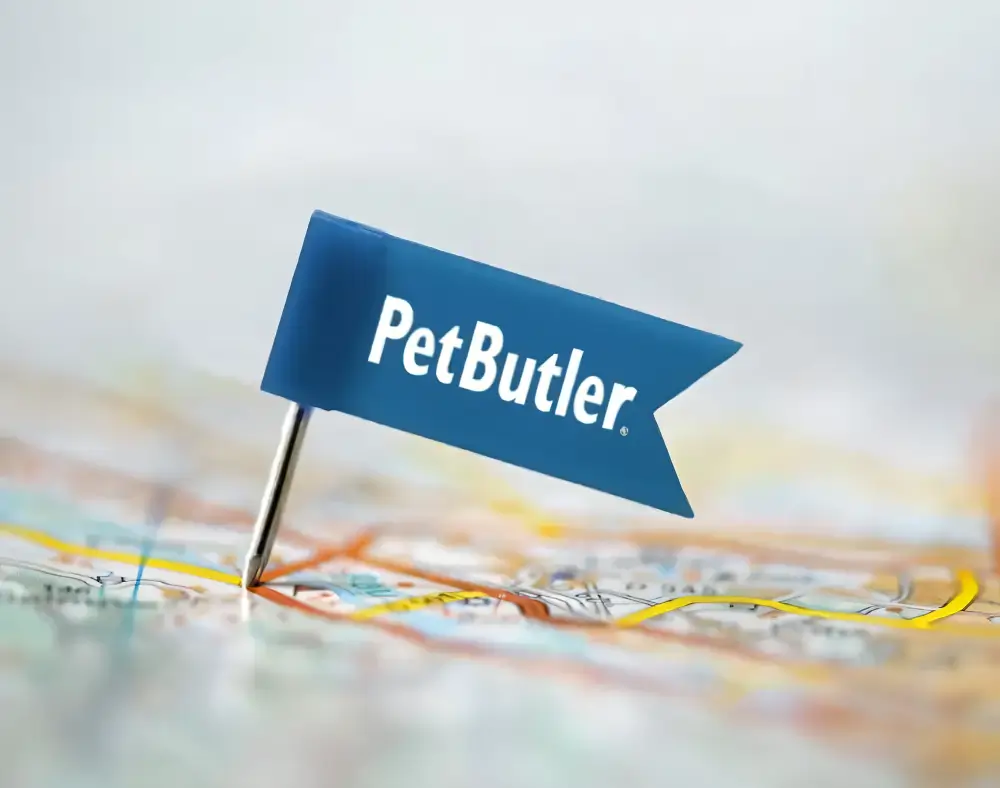Many pet owners are frustrated when, despite countless hours of fertilizing, weeding, and seeding, their lawn is riddled with brown spots, holes, and severely “pruned” plants. Unfortunately, many dogs cause destruction just by doing what comes naturally.
Dogs Digging Holes On Lawn
The word terrier comes from Latin and means “earth dog”. A common behavior of this group of dogs is burrowing underground to energetically hunt vermin and rodents. They are tenacious and excellent diggers, and were bred to eliminate mice, rats and other furry pests from farms. Hounds, such as the beagle and dachshund, use their exceptional sense of smell to root for groundhogs, voles, and rodents. When they can’t reach their prey underground, they can track a rabbit above ground, sometimes digging under the fence to catch a rascally critter. While we see their destructive behavior as naughty, digging holes was once a dog’s job; it’s hard to fight the genetic code! Other dog breeds will dig holes to find a cool spot.
Malamutes and huskys are known to dig under the shade of a bush or tree to find the chilled soil underneath. Border collies and other herding dogs are active pups who need alternate “jobs” if they are not out corralling sheep. Without an occupation, they may take it upon themselves to become landscapers. Beware the bored border collie.
Break Bad Yard Dog Behavior and Habits
How can you deter this canine bad habit and inbred behavior? Stop them from digging holes in undesirable locations by burying bricks or chicken wire with the edges well-protected and re-cover the area with soil. After a few unfruitful attempts and scraping of the nails, they will move on to another activity. Mulch beds with pinecones which is an unfavorable substrate for dogs to walk upon. Better yet, reinforce their natural tendency to dig by designating a sand pile or corner of the yard as an appropriate excavation site. Place hidden toys or treats in these locations; training your dog to head to these locations isn’t hard if they are rewarded!
Plant Chewing and Grass Eating
Some dogs chew leaves and grass to relieve nausea, so it’s always best to rule out a medical problem with the vet. Planting thorny bushes such as barberry, holly, or roses will discourage chewing, as will showcasing fast-growing shrubs like viburnum and euonymus Unless you have a water-loving retriever, Havahart Spray Away or Contech ScareCrow are two motion activated sprinklers that may keep pets away from vegetation. By placing them near tender new plants, a dog that attempts to nibble will get a squirt in face. A product sprayed on plants that imparts a bitter flavor such as Liquid Fence or Lambert Kay’s Boundary spray may also eliminate chewing.
Repeated applications may be necessary to “remind” pets that the plant still tastes bad. These same products can be used on rabbit feces to deter dogs eating rabbit poop. You may have more success installing rabbit fencing buried a foot deep near your yard’s perimeter to discourage them from taking up residence.
Dog Urine Lawn Burn
Brown spots of dead grass can be the bane of a dog owner’s existence. Both volume and concentration of pet urine contribute to lawn burn-out. Urine contains high levels of nitrogen, a by-product of protein metabolism. In small amounts, nitrogen can be a great fertilizer, hence the lush green ring of grass that can be found surrounding the brown spot.
Though not exclusively a female dog issue, males do tend to urinate on shrubs or vertically growing plants in smaller bursts, especially if they are marking. So, the problem may be more noticeable if you have a female dog. What does not work to protect your grass? Adding pH modifiers to your dog’s diet such as tomato juice or baking soda has no proven benefit and may even harm your pet’s kidneys or digestive system. Modifying your dog’s body chemistry can have other unintended consequences such as encouraging the production of bladder stones. What does work to eliminate or reduce the dog urine spots? The solution to pollution is dilution! I can’t remember if I learned this gem in chemistry class or when treating contaminated wounds… but it holds true.
Watering your lawn within 8 hours of elimination dilutes the nitrogen in waste products. The market is flooded with sprinklers that can be set on a timer if you don’t have an in-ground programmable sprinkler system. Promote the consumption of clean, fresh water (tap is fine) by refilling your dog’s bowl often and offering ice cubes or watering down kibble. Your dog’s urine won’t be as concentrated, and your lawn will thank you!
Training your dog to eliminate on mulch or pea-gravel will also stop lawn burn. This can be accomplished by repetition using a leash and an immediate reward. Fescue and rye grass are turf types that are more resistant to dog urine lawn burn than Bermuda or bluegrass, and can be used when reseeding bare patches or as part of your overseeding lawn maintenance protocol.
By following these tips, man’s best friend won’t become your yard’s worst enemy!

